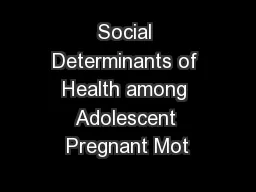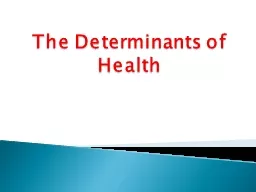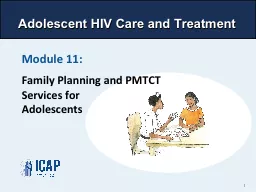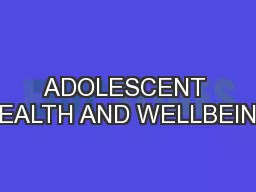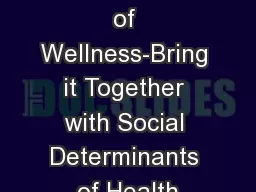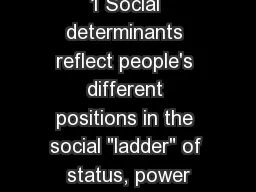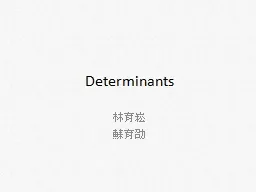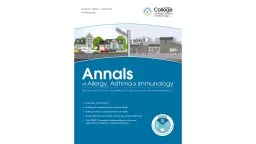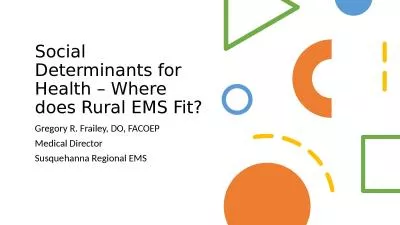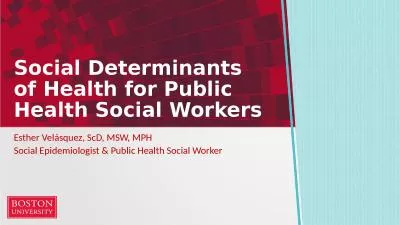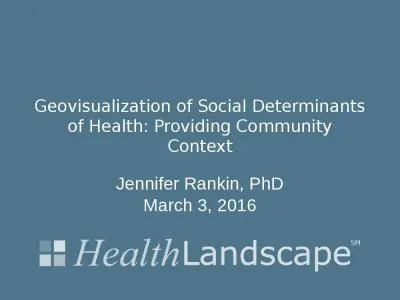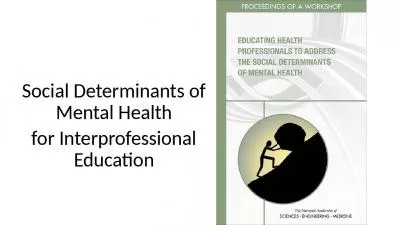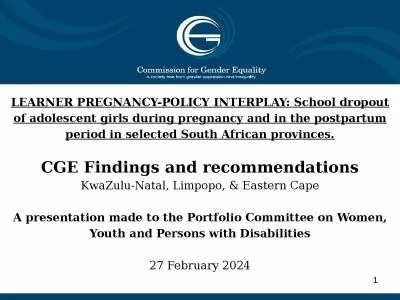PPT-Social Determinants of Health among Adolescent Pregnant Mot
Author : tawny-fly | Published Date : 2017-05-28
Peri urban Area of Yangon Myanmar Qualitative Study Presented by Dr Myat Sandi Min Myanmar Rationale amp Justification In Myanmar 5 of the total population
Presentation Embed Code
Download Presentation
Download Presentation The PPT/PDF document "Social Determinants of Health among Adol..." is the property of its rightful owner. Permission is granted to download and print the materials on this website for personal, non-commercial use only, and to display it on your personal computer provided you do not modify the materials and that you retain all copyright notices contained in the materials. By downloading content from our website, you accept the terms of this agreement.
Social Determinants of Health among Adolescent Pregnant Mot: Transcript
Download Rules Of Document
"Social Determinants of Health among Adolescent Pregnant Mot"The content belongs to its owner. You may download and print it for personal use, without modification, and keep all copyright notices. By downloading, you agree to these terms.
Related Documents

